1. Inle Lake — 19th-century Myanmar


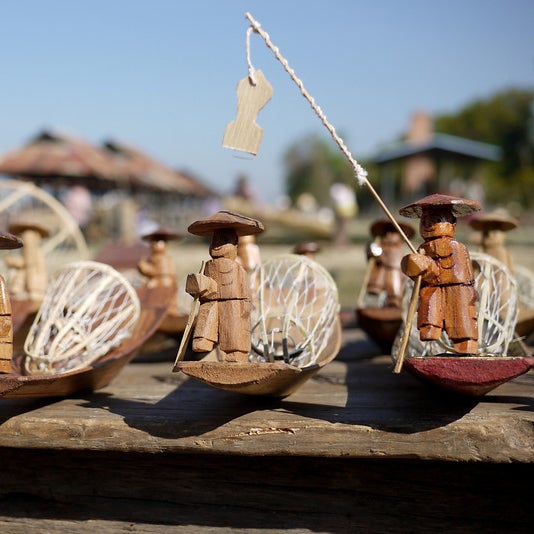

The Nyaung Shwe township of Myanmar surrounds Inle Lake, where a fascinating and specific culture has gone unchanged for years, including leg-rowing and floating gardens amongst the reeds. However, increased population and rapid growth in both agriculture and tourism have put the lake's resources at risk.
2. The Funen Village — 18th and 19th-century Denmark
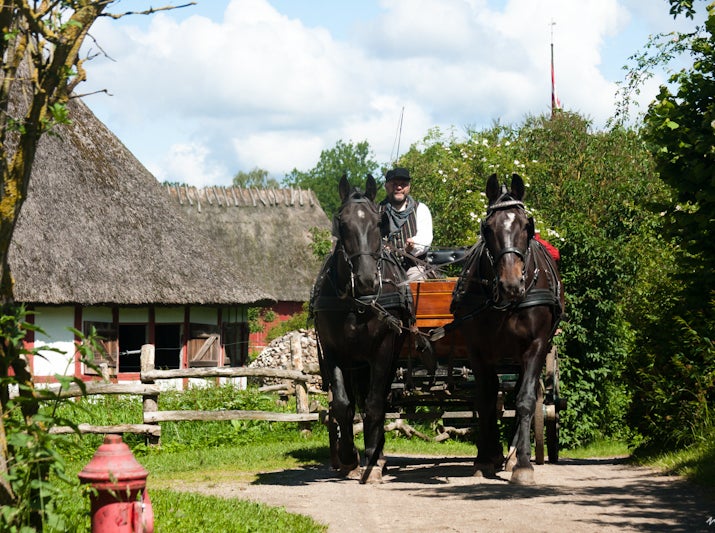
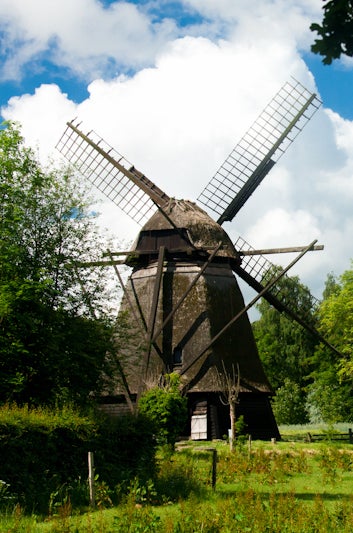
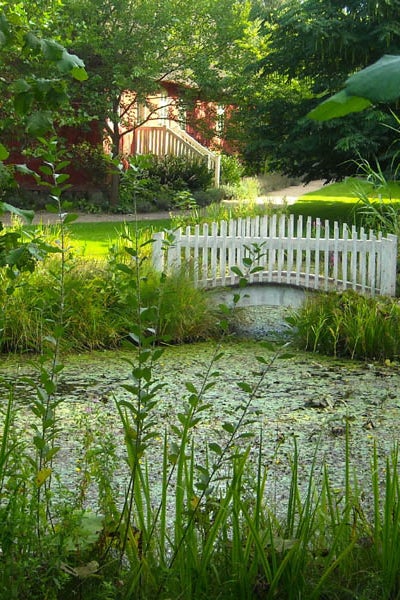
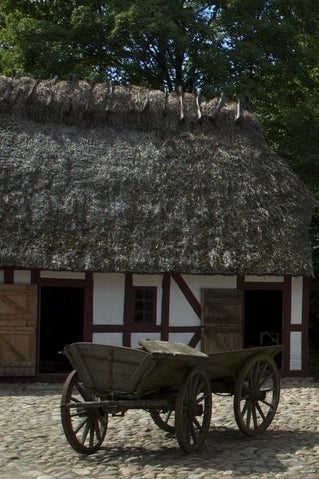
Located in the Fruens Bøge district of Odense, the Funen Village features 25 buildings from Funish villages, most of which date to the 18th and 19th century. In the summer, people in peasant costume give the village the impression you're back in Hans Christian Andersen's era.
3. The Old Town, Aarhus — 16th to 19th-century Denmark
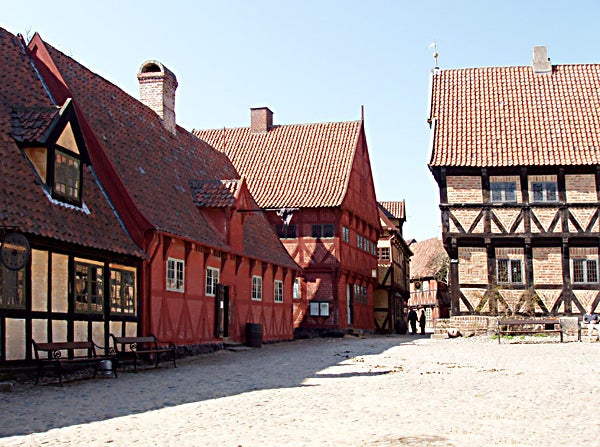

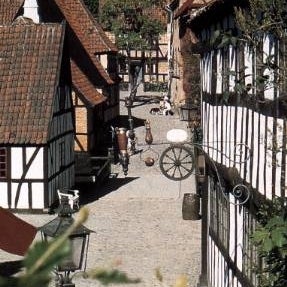
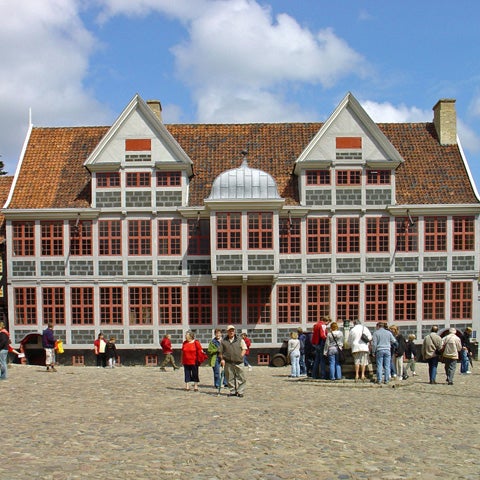
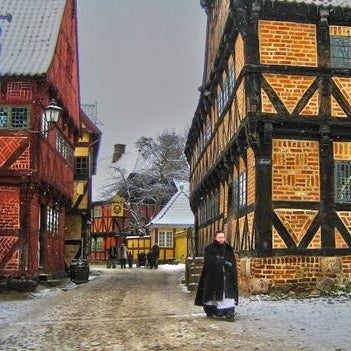
In 1914, the Old Town in Aarhus opened as the world's first open-air museum. It's a historical hodgepodge of buildings built between 1550 and the late 1800's from all over the country. It has operational shops with museum staff working in the roles of town figures adding to the illusion of a "living" town.
4. Kizhi Island — 15th to 17th-century Russia
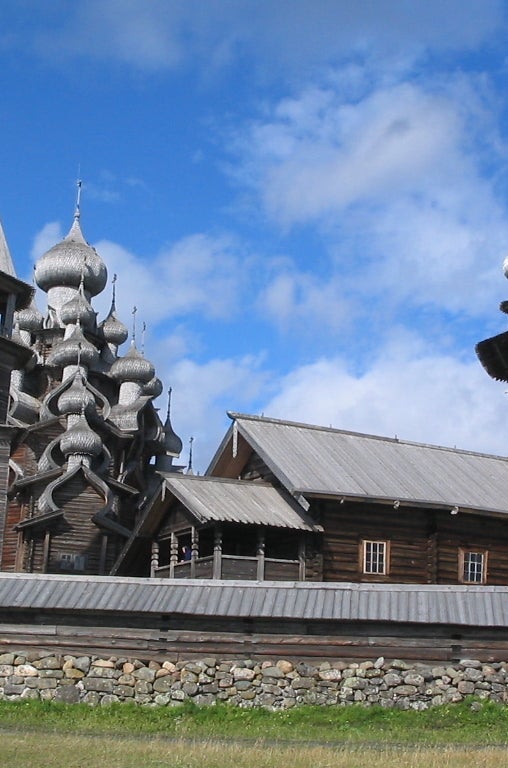
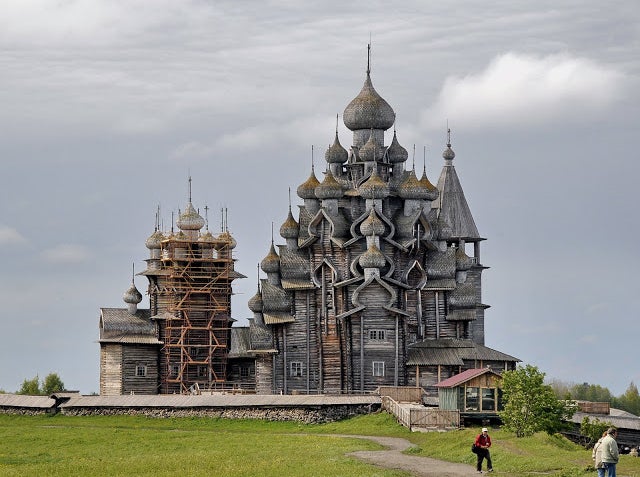
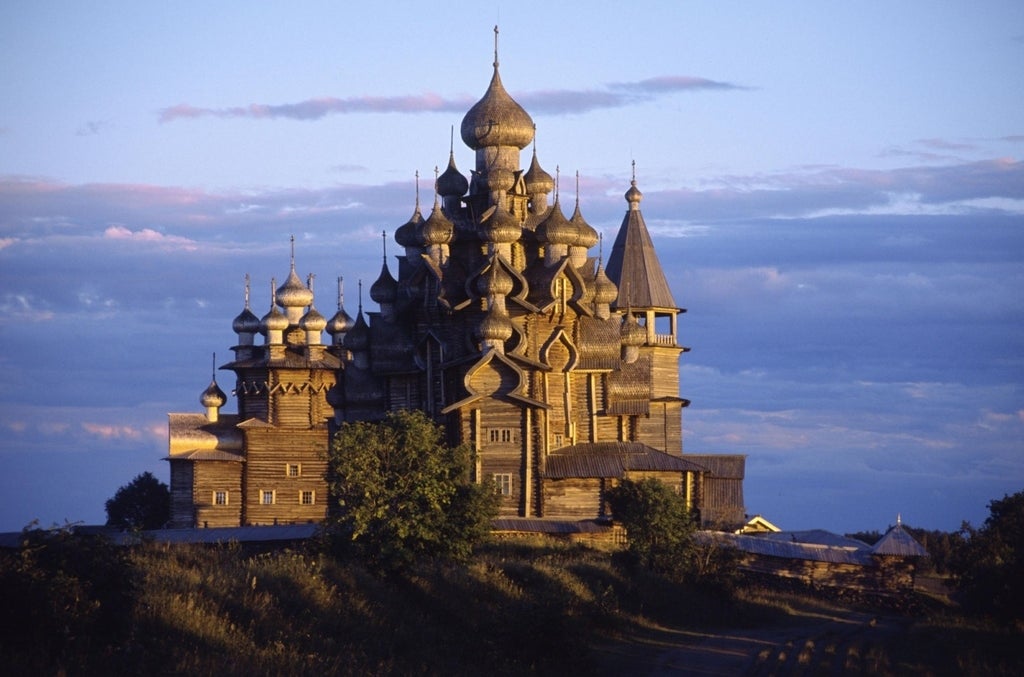

Kizhi is an island in Russia’s Lake Onega. It’s had settlements since the 15th century, among them two churches and a bell tower known as the Kizhi Pogost, built in the 1700’s. The population declined in the 1950’s and historical buildings from around the region were transferred to the island for preservation, and the whole island is now an open-air museum.
5. Sankei-en — 15th to 19th-century Japan




The Sankei-in is a resilient piece of history. Badly damaged during the Second World War, it was restored to its pre-war condition by the Sankeien Hoshōkai Foundation. Its buildings come from all over Japan, most of which are declared historic cultural properties. Its oldest building is the Tōmyō-ji pagoda, originally built in Kyoto in 1457.
6. Xinye Village — 14th-century China



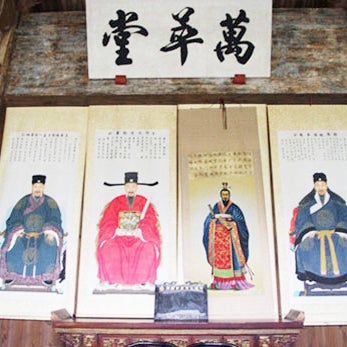
Xinye in the Zhejiang Province of China is noted for its well-preserved Ming and Qing era architecture and ancient residential buildings. This historic village also holds ancestor worship ceremonies for the annual Shangsi Festival, an ancient tradition practiced by only a few communities in China today.
7. Little Woodham Living History Village — 17th-century England
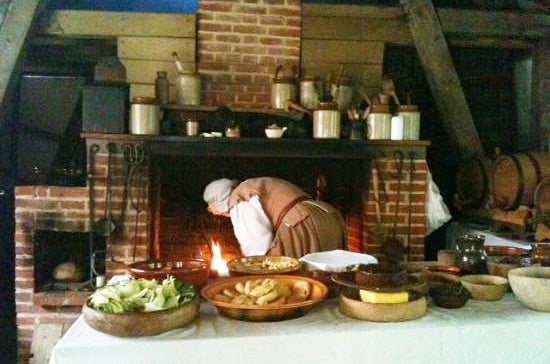
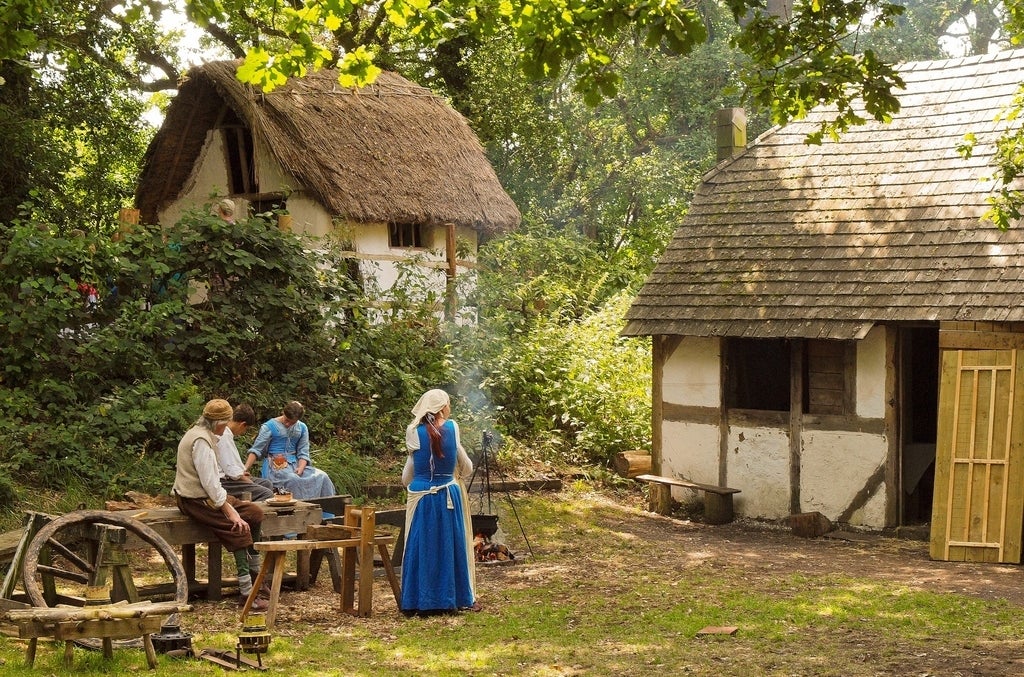

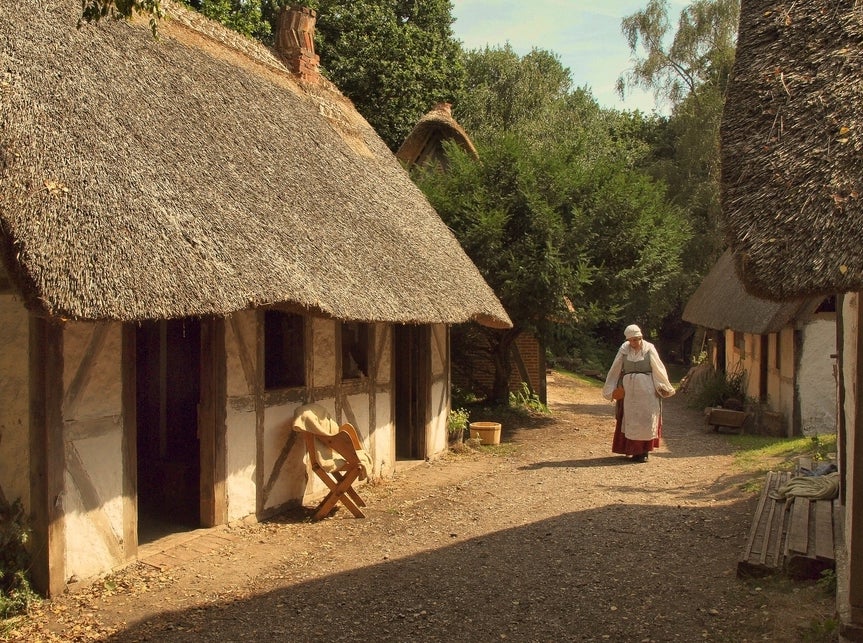
Also known as the Seventeenth Century Village, Little Woodham is a living museum that recreates rural English life in the mid-17th century. Found in an ancient wood of Hampshire, the village volunteers act as if it’s the summer of 1642, and talk about Charles I and the impending war between the King and Parliament.
8. Rothenburg ob der Tauber — 13th to 19th-century Germany


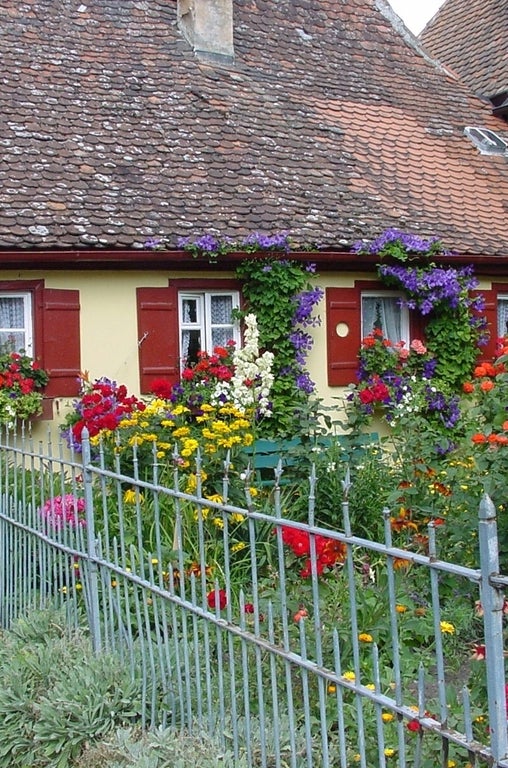
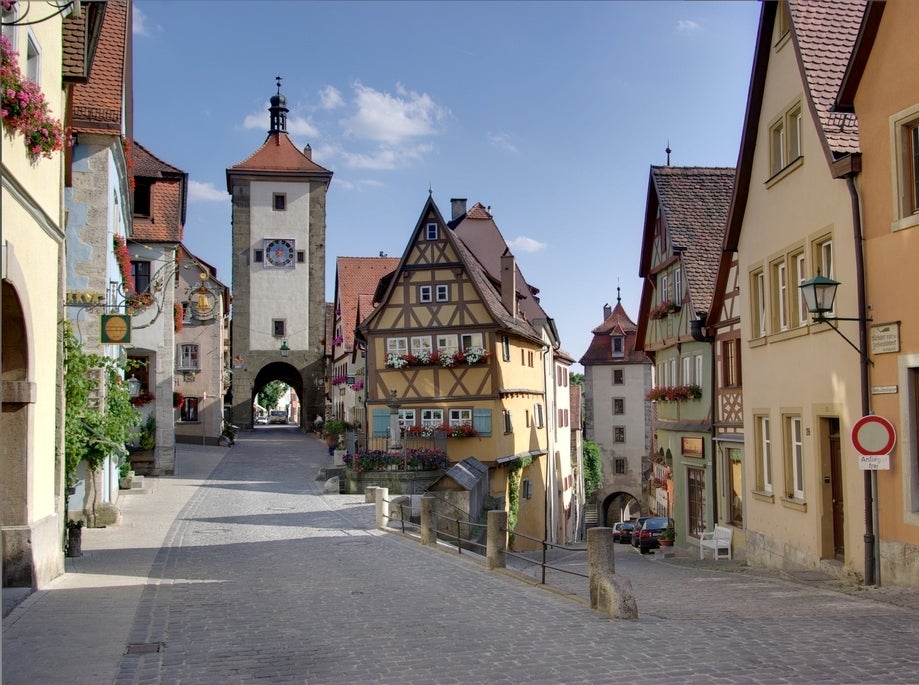
From the late Middle Ages to 1803, Rothenburg ob der Tauber was a Free Imperial City in Bavaria, Germany. Now it’s a tourist destination well known for its well-preserved medieval town and architecture. It’s so gorgeous, parts of Chitty Chitty Bang Bang and Harry Potter and the Deathly Hallows – Part 1 were filmed in Rothenburg.
9. Archeon — pre-modern Netherlands




Archeon is an archeological living museum in the Netherlands that brings to life the Dutch daily workings of historical eras such as the Stone Age, the Roman times, and the Medieval period. It opened in 1994 and has played host to several festivals such as the Midsummer Fair and the Elf Fantasy Fair.
10. Minsok Village — 18th-century Korea
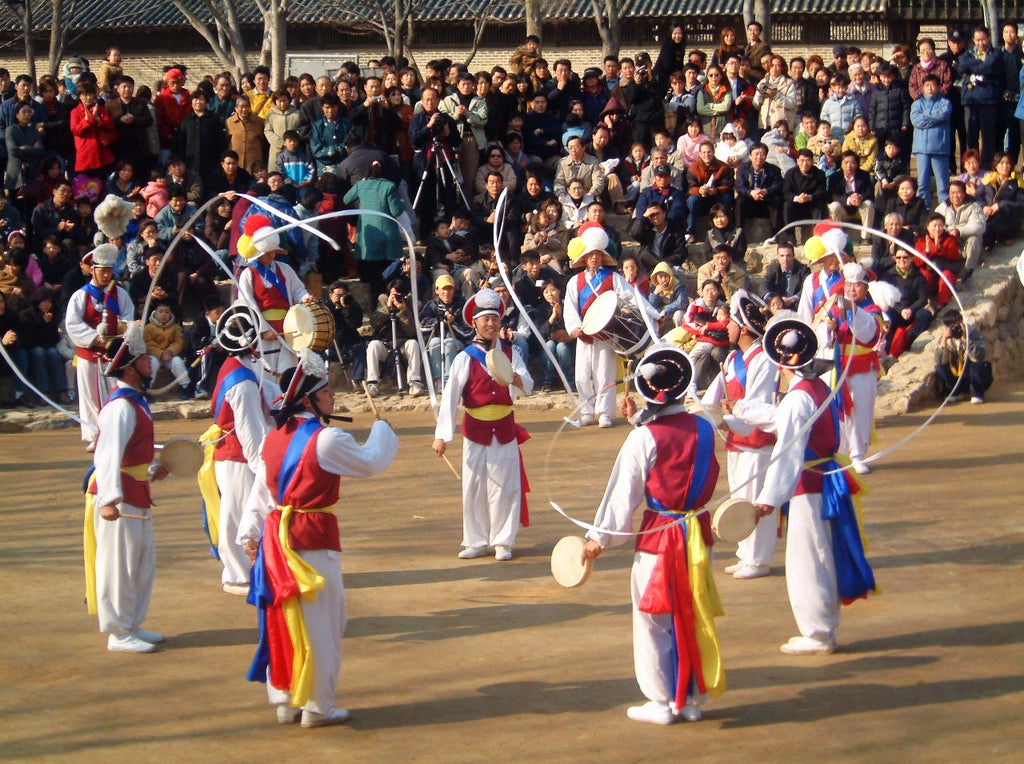

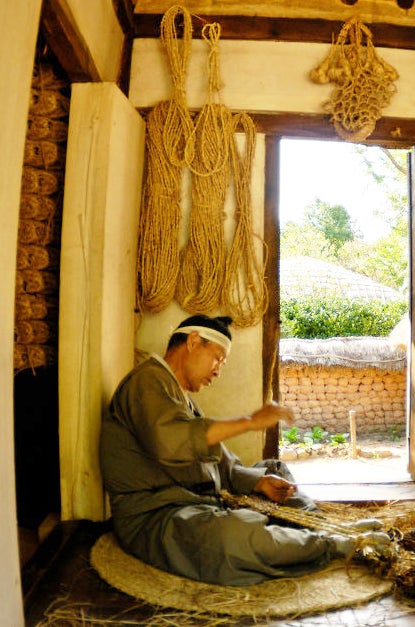
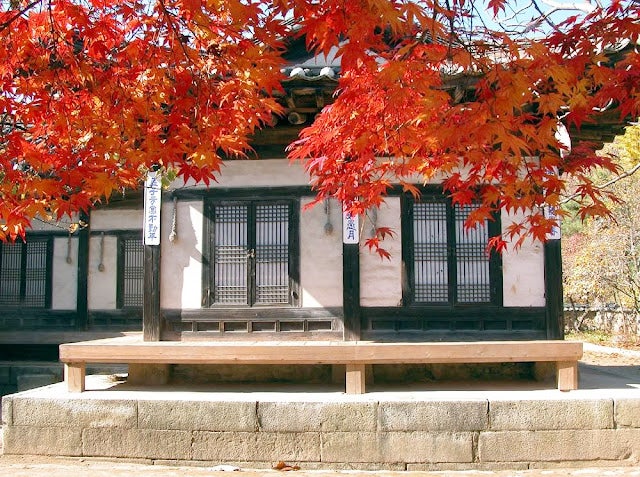
Historical Korean life and culture are brought to life in Minsok Village, a tourist attraction in Yongin, South Korea. Replicas of traditional houses of different social classes from various regions are on full display and use, but it’s less so a museum and more educational tourist playground—it’s part of Everland, South Korea’s largest amusement park.
11. Blists Hill Victorian Town — 19th-century England
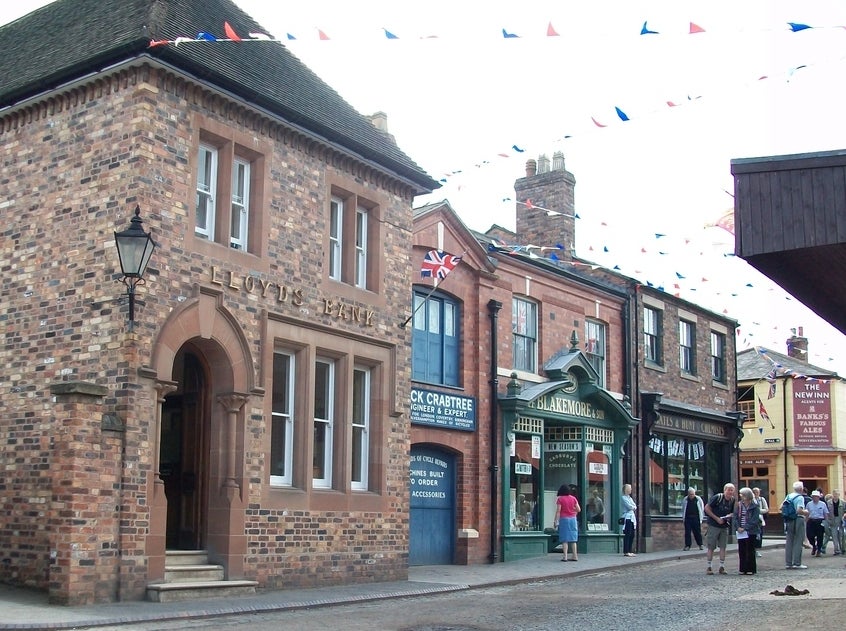

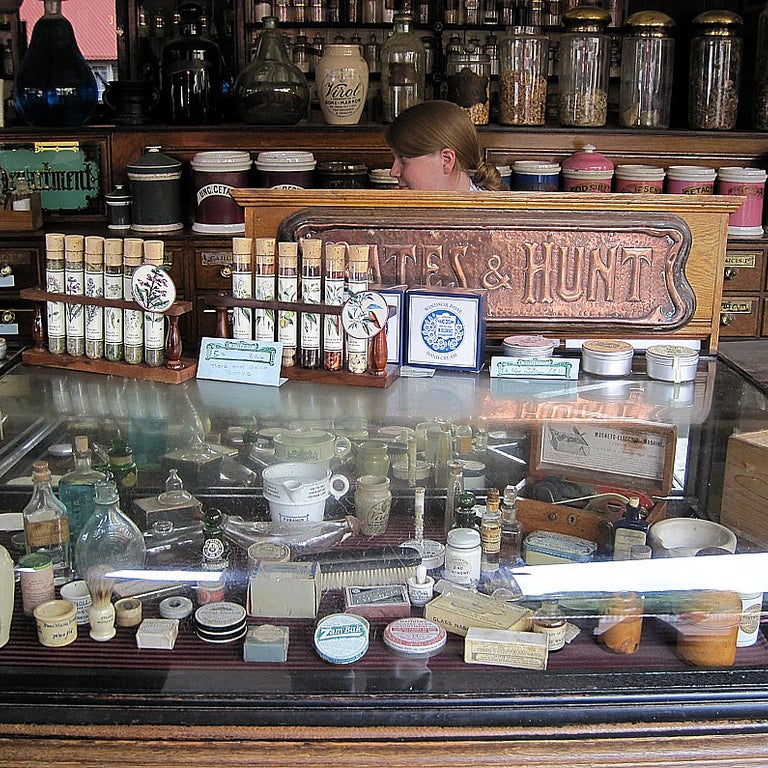
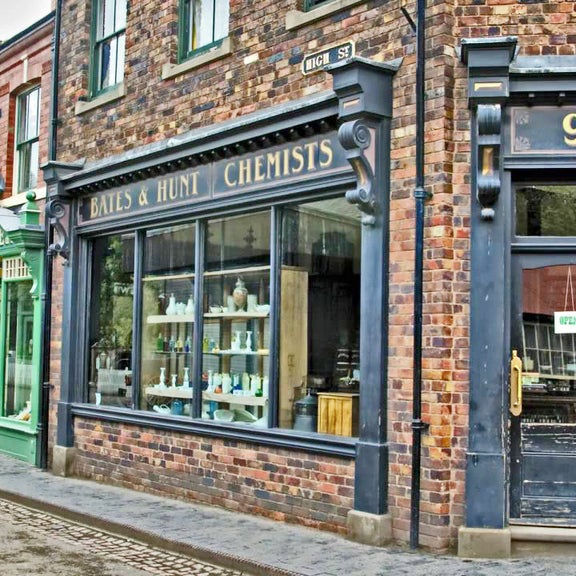
The sights, sounds, and smells of a Victorian Shropshire town in the late 19th and early 20th centuries are recreated in Blists Hill, one of ten museums operated by the Ironbridge Gorge Museum Trust in Shropshire, England. It’s also a functioning town run by museum volunteers and some films and shows such as Doctor Who have used the town as a set.
12. Etar Architectural-Ethnographic Complex — 18th-century Bulgaria

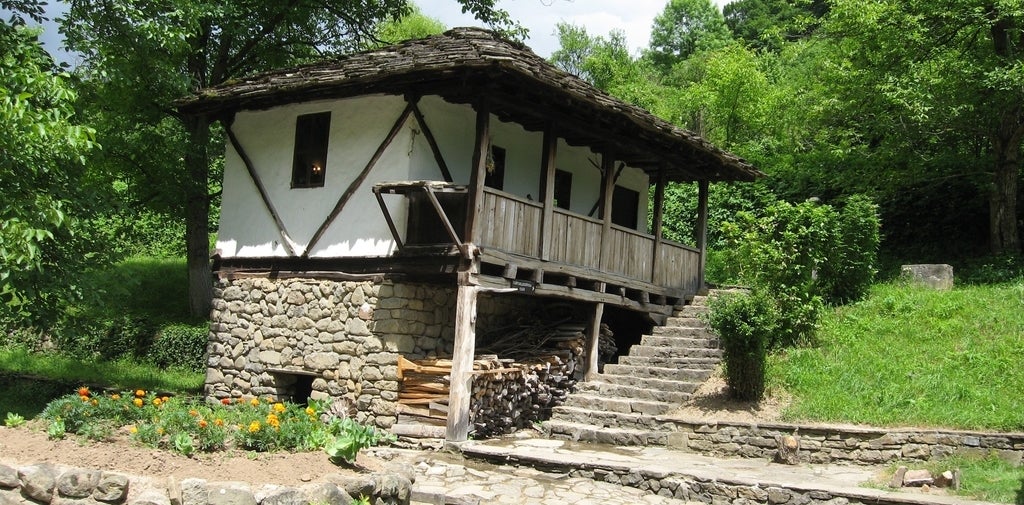

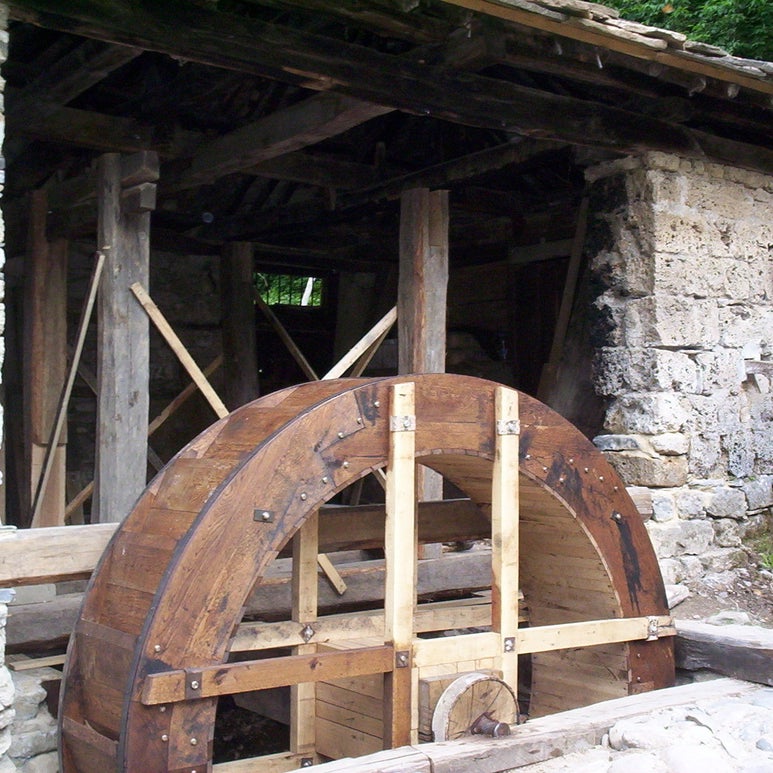
Commonly referred to as Etara, the Etar Architectural-Ethnographic Complex has locals presenting Bulgarian customs, culture and craftsmanship such as wood-carving, pottery, and needlework. It’s on the northern edge of the Bulgarka Nature Park, between the park and the city of Gabrovo, Bulgaria.
13. Zuiderzeemuseum — 17th-century Netherlands
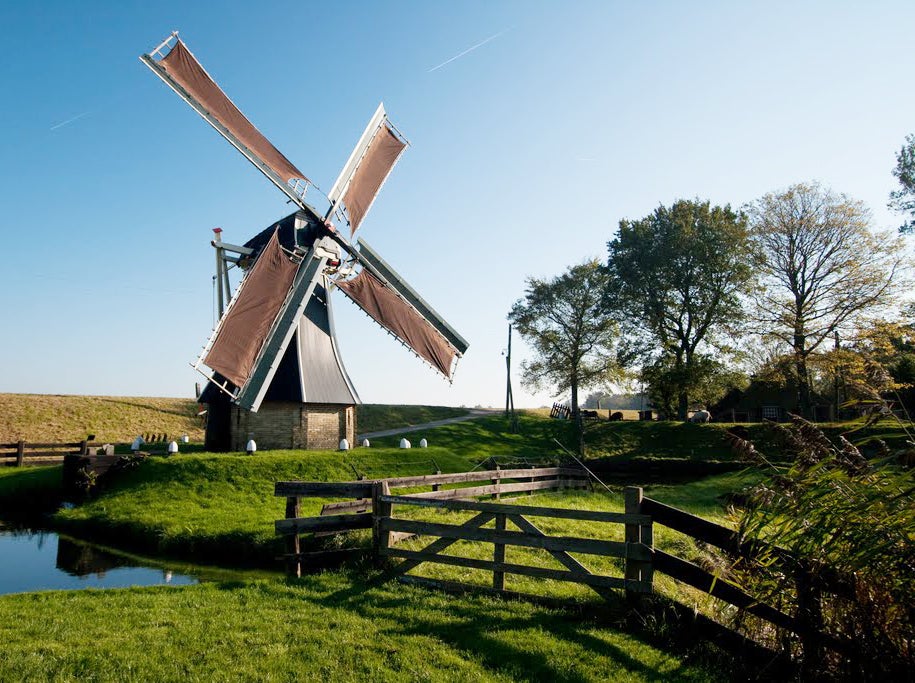


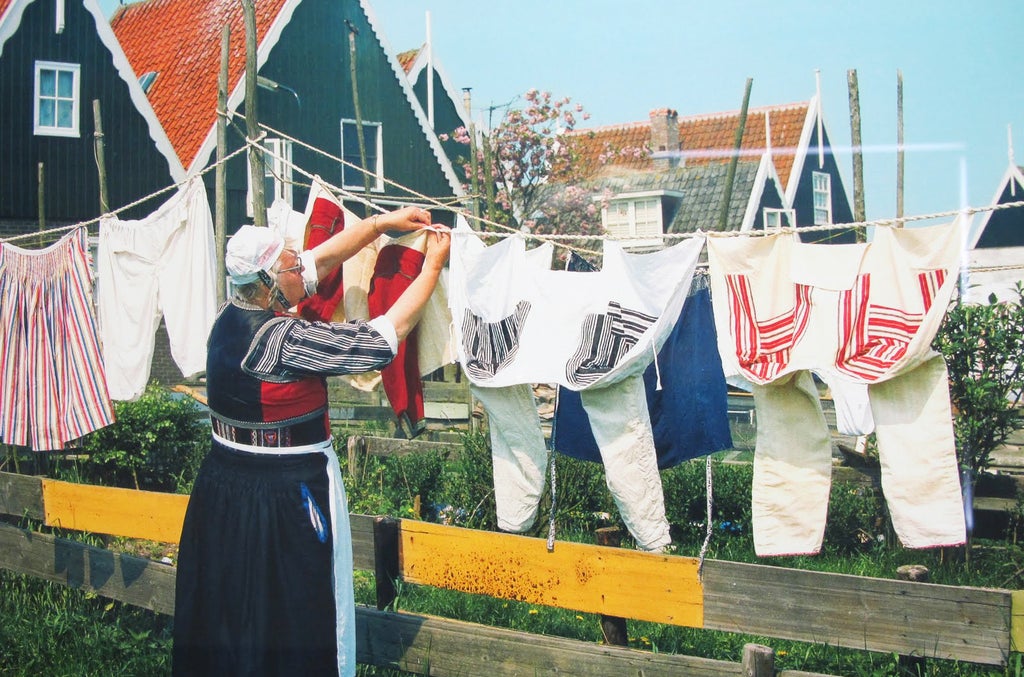
The Zuiderzeemuseum is a museum in Enkhuizen, Netherlands that preserves Enkhuizen's cultural heritage and the maritime history of the Zuiderzee Bay. Open year-round, it consists of an "inside" and an "outside" museum, but the outdoor museum is only open in the summer. The most notable attraction is the ships' hall, which offers a close-up view of common historical boats from Enkhuizen's fishing industry.
14. Shikoku Mura — 19th-century Japan

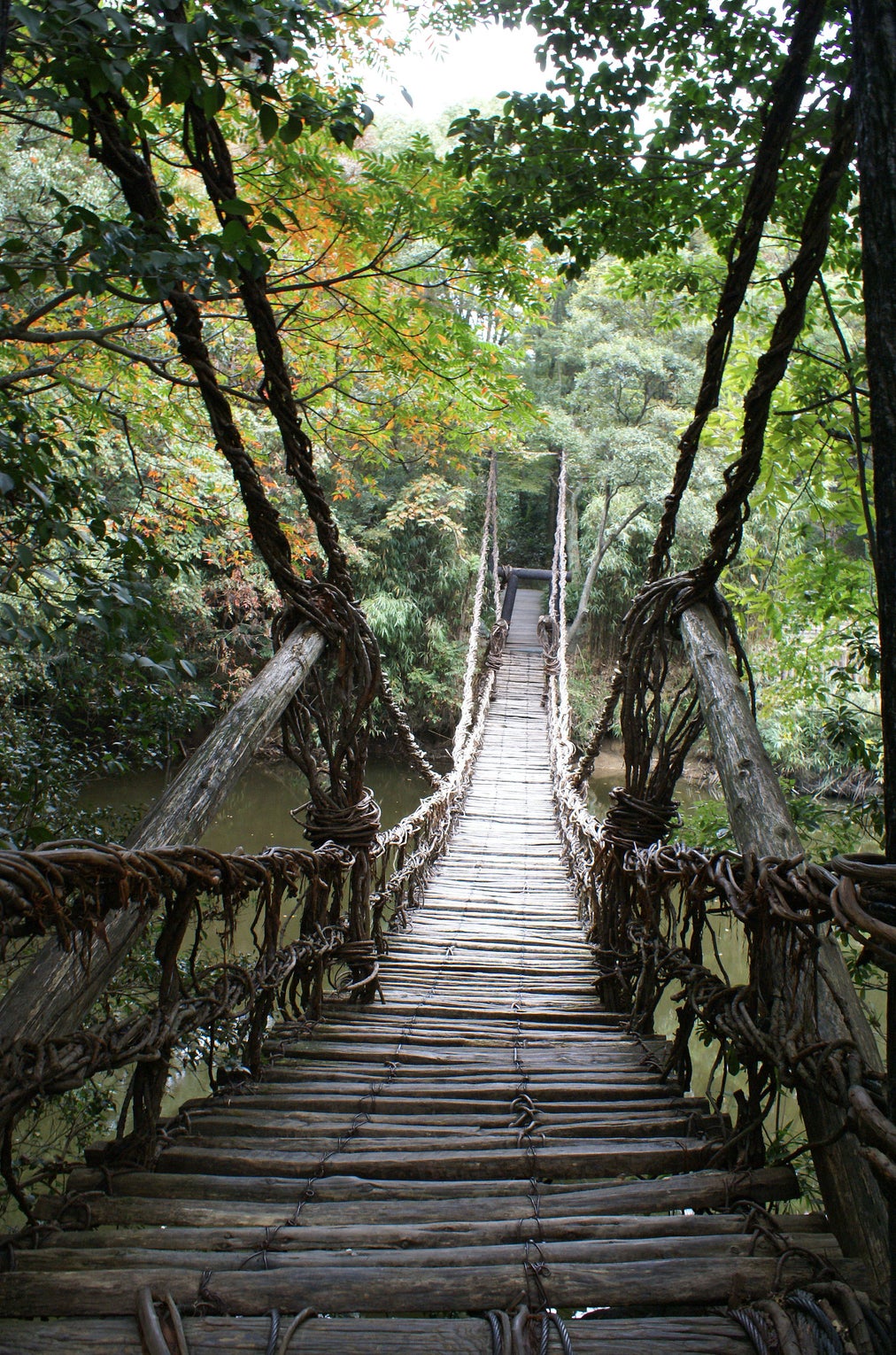
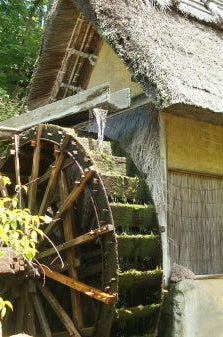

Shikoku Mura is an open-air architectural park in Takamatsu in the Kagawa Prefecture of Japan. Buildings from around the Shikoku are dating from the Edo period through to the Taishō period are on display in the park and have remained relatively unchanged since the early 20th-century.
